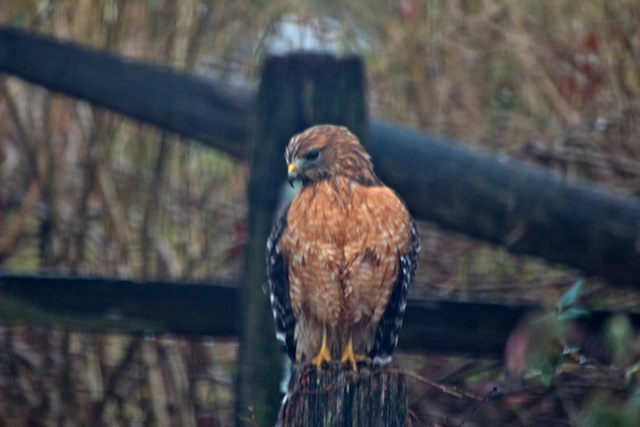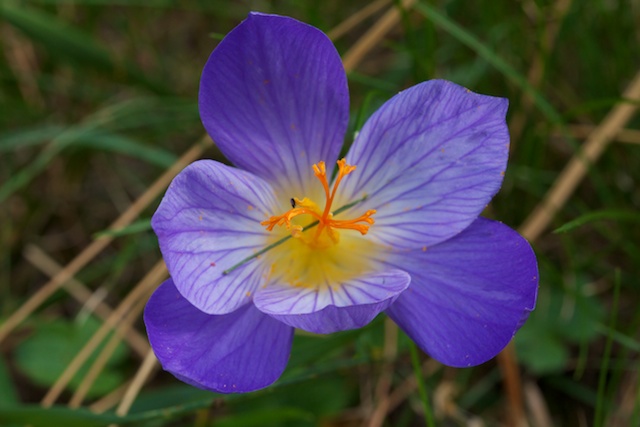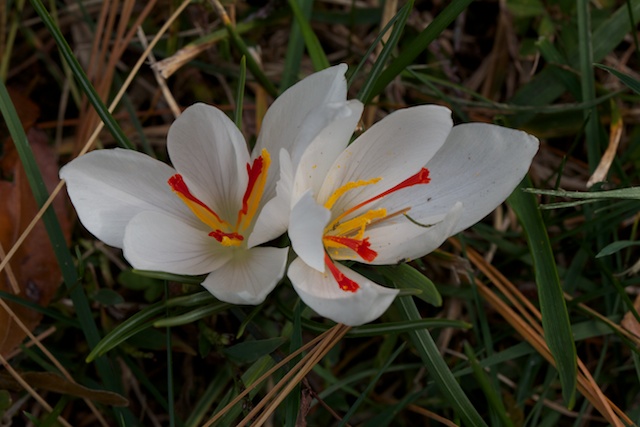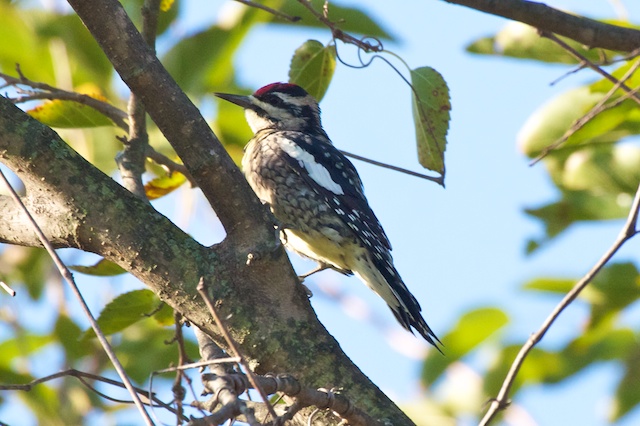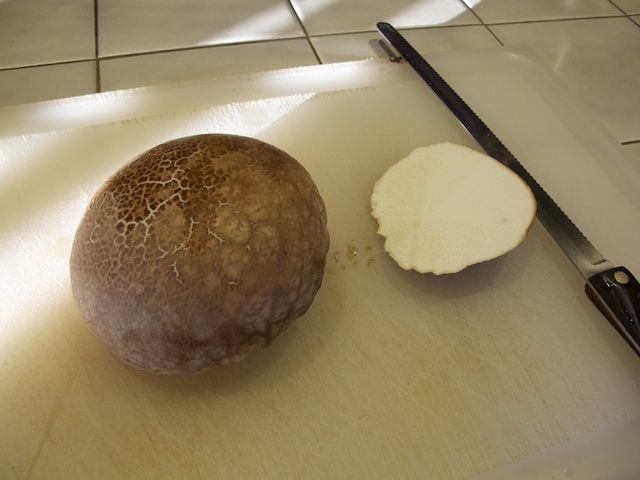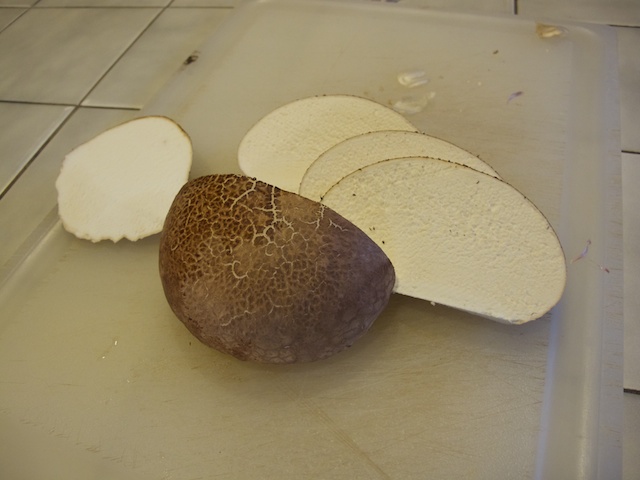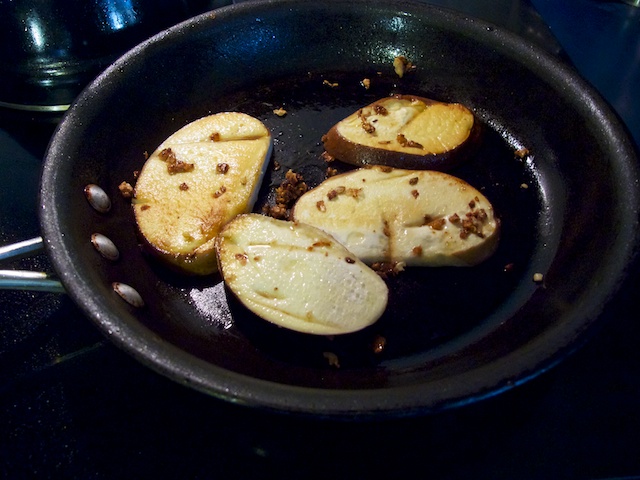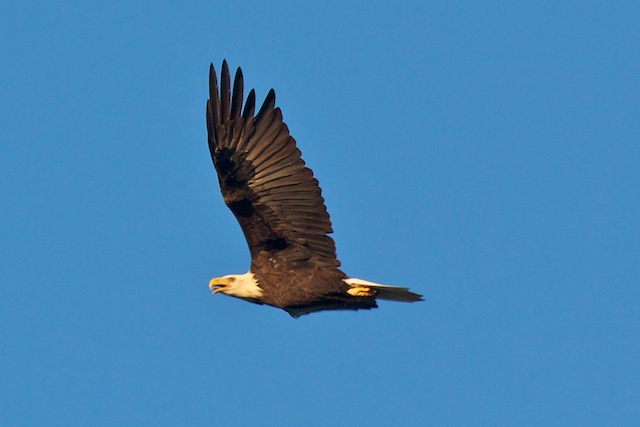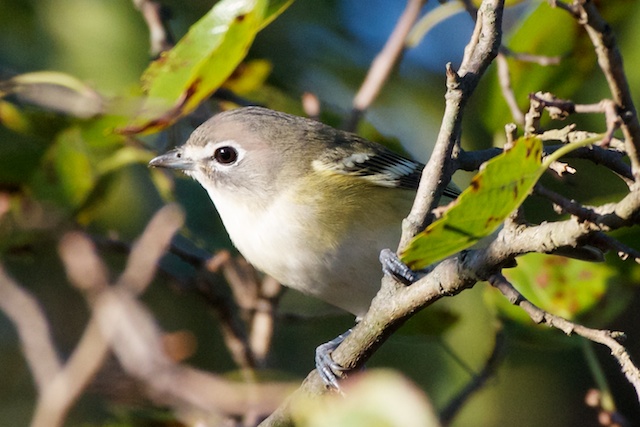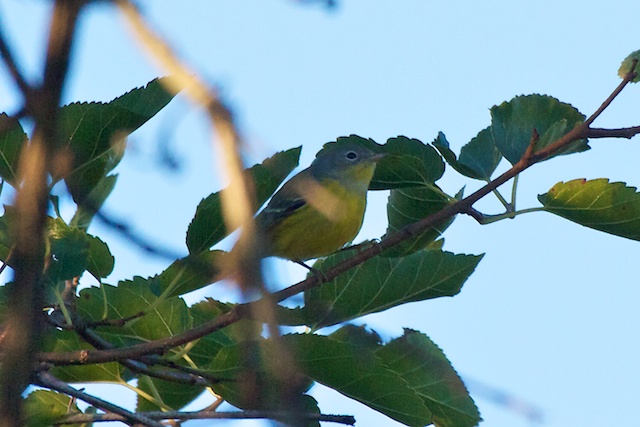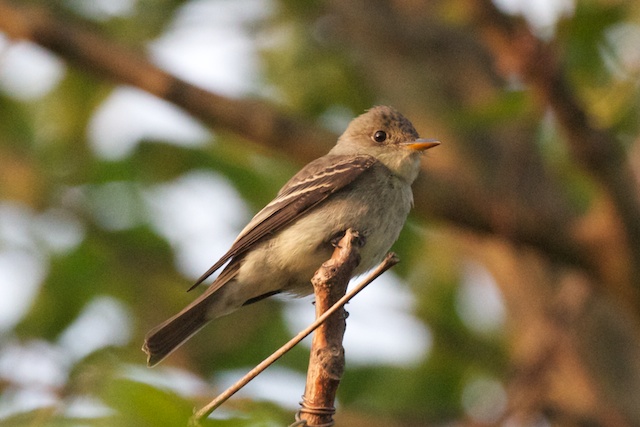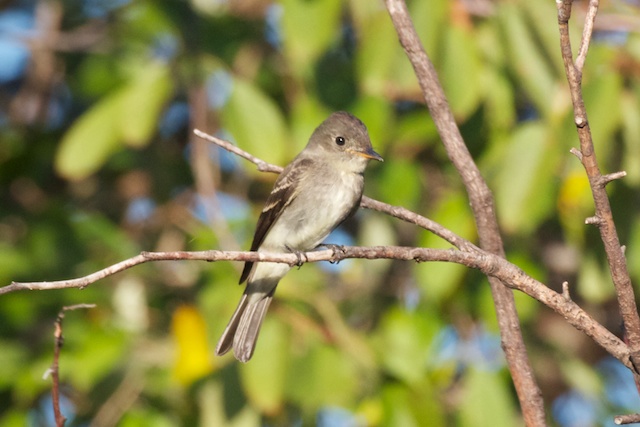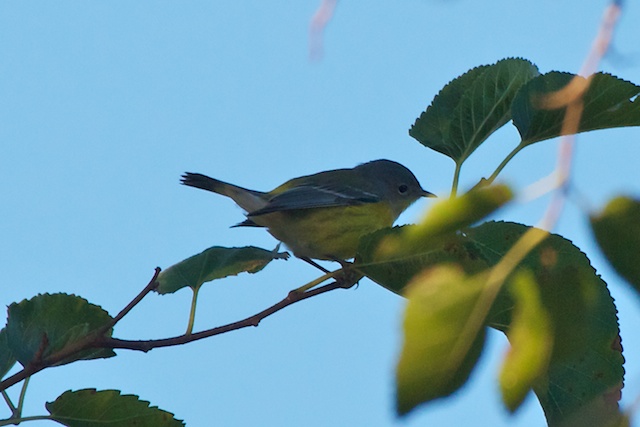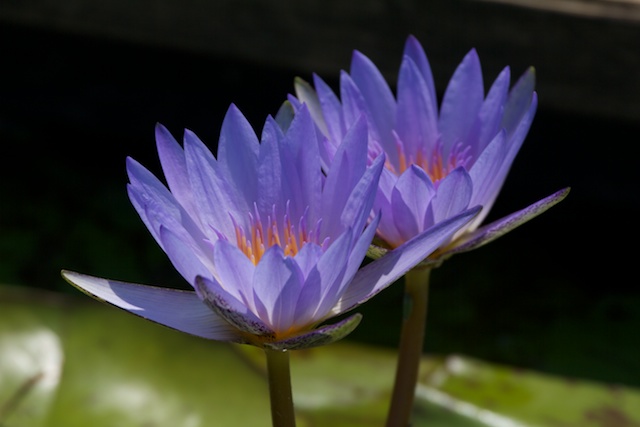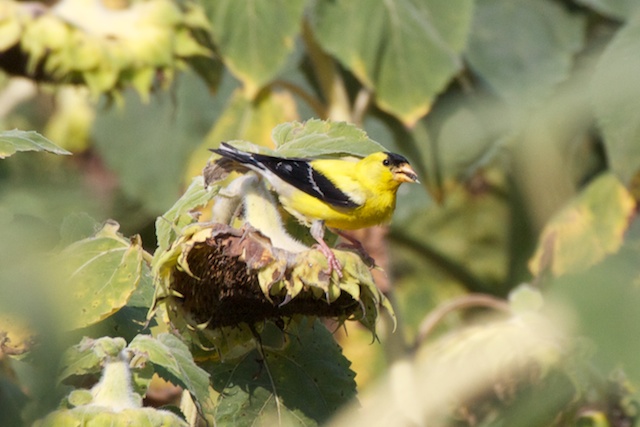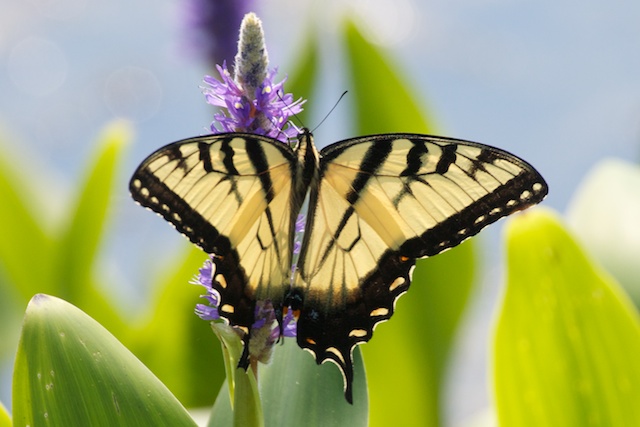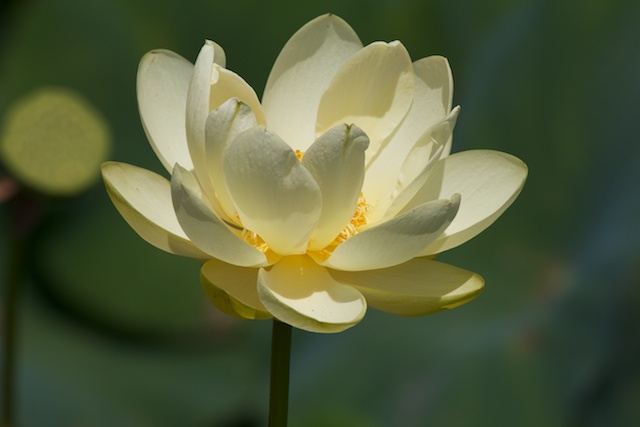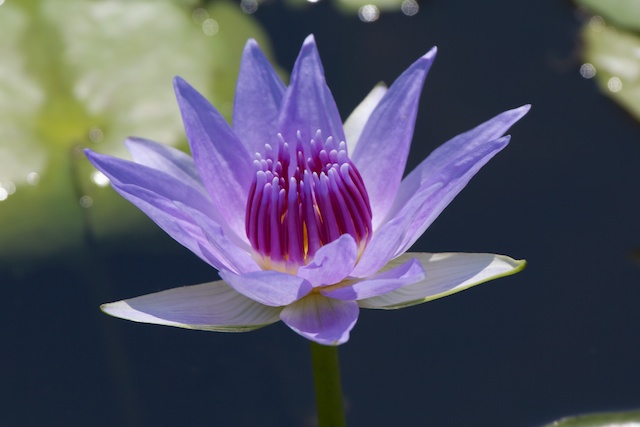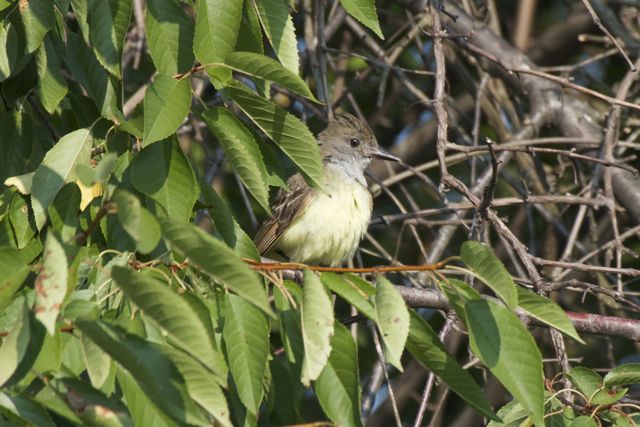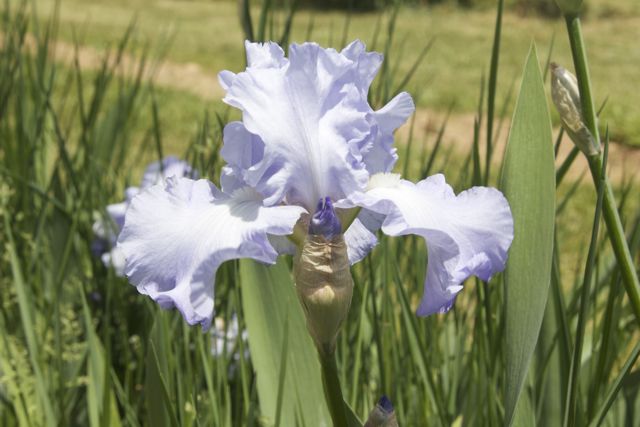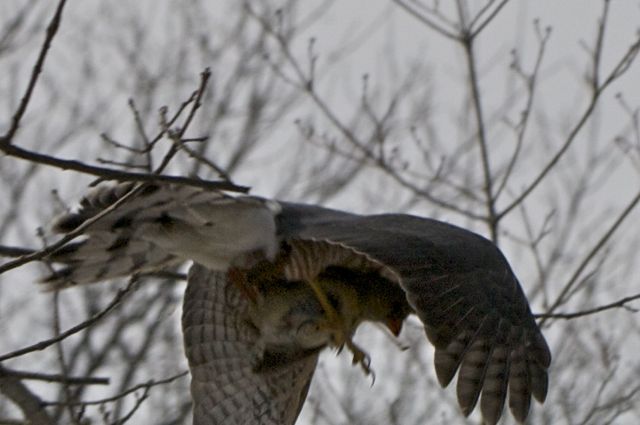It has been a dreary start to December with temperatures 12 degrees below normal on average and a number of cloudy days. It even snowed briefly last Friday with just enough slickness to it that cars careened off the road all over the city. We live on a hill so that getting down or up on such days can be a dicey proposition. In such conditions it’s nice to see flowers wherever you can and the coleus that Beth took a cutting from more than a month ago has obliged by putting up lovely lilac flowers. If coleus were difficult to grow or expensive to acquire I’m sure we would go overboard trying to acquire it from exotic nurseries. However, it is ridiculously easy to grow from seed and widely available in nurseries so I confess we often fail to give it full coverage in describing its impact in the house and garden.
Coleus was one of the first plants we ever intentionally grew back in our student housing days at UC Riverside. We were fascinated by the different variations in leaf color and propagated a great many of them. As time went on, we moved to more challenging plants and neglected the coleus as too common. The last few years, however, we’ve been rediscovering the impact of coleus in the garden. As an annual it grows quickly to 2 – 3 feet tall and can be kept thick and bushy in containers or in the soil. The cut leaves last a very long time in indoor arrangements, sometimes to spectacular effect. Perhaps if we thought of them in terms of their new botanical moniker, Solenostemon hybrids, we would give them more respect.
As I was working at the computer on a particularly rainy afternoon yesterday, I looked out to see a good-sized hawk sitting on the fence outside my window.
I apologize for the poor quality image which was taken in poor light and through a rain spattered window, but what I found remarkable as I followed this hawk about the yard is that the hawk had no interest in the hundred or so birds and many squirrels that were flitting about our feeders. Instead, he was actively harvesting the worms that were surfacing because of the water in ground. It was very much like a robin on steroids. Perhaps worms are seen as epicurial delights in the world of raptor dining. Note to self — the camera should be kept in bird picture ready mode at all times, not left as though one had just taken multi-second timed exposures of coleus flowers in the house.
December is when we tend to review our donations for the year and, like Santa Claus, decide which charities have been naughty and nice. Sometimes charities, the Nature Conservancy comes to mind, get tangled up in their own misplaced executive extravagances, and we have to punish them by withholding our giving for a while. One place that we have never felt the slightest reservation about recommending is Able and Willing International Education Foundation. We know the founders, Puma Mbuyu Wa Mbuyu and Ruth Snyder, who began this effort in the Congo with their own time and money in 1995. Beginning from scratch they have built schools in two villages that now serve 661 students over all grades.
In the process they’ve brought electricity and an ethic of self-reliance to the area. In Puma’s words, “More than simply constructing the buildings, AWIEF helps to establish the programs that enable schools to support to themselves. In doing so, the organization seeks to model a healthy process of development that promotes self-reliance and helps to break the cycle of dependency on foreign aid.” Nowhere else have we seen such a dramatic impact of our contributions put to effective use.
Fall Crocus & More Birds
This year I looked for the Fall Crocus that I planted last year and saw nothing as I was considering where to put the ones I bought for this season. I decided that putting them in the lawn as I did last year was a dumb idea. So this year’s batch I put next to some very big trees hoping that I would thus avoid mowing them down at a critical juncture in their growth. It turned out I was just a little early in anticipating when they should appear. They started flowering about 10 days ago and have been popping up ever since. Nonetheless I think that my thoughts about where to put them in future is probably still a good idea.
I didn’t plant Fall Crocus for years because I associated them with Colchicum which I always found a bit to extravagant and floppy for my taste. It turns out that the Fall Crocus are very much like the Spring Crocus and crocus are delightful to come upon in either season.
Instead of my usual birdwatching at the back of the garden I took an early morning into the woods a few days ago and discovered the Eastern Towhee hopping about on the forest floor. All year long I wondered where the Towhee was and hadn’t seen any. I know that they enjoy prospecting about in the brush for insects, fruit and seeds so one is not likely to see them in the trees. But I have seen them come into our yard in the past. Their markings are so striking that they are instantly identifiable as distinct from other species. This is testimony to varying one’s habits and seeing what new things arise.
A completely new species for me that showed up last week is another of the little birds that you might miss entirely if you didn’t look with binoculars or zoom lens in the trees. The Golden Crowned Kinglet is one of the smallest native birds.
I’ve seen them repeatedly now, both singly and in groups, in the woods and in the orchard, but I have yet to get a real bell-ringer of a photo. They are constantly on the move and they are so small that it’s a challenge to get locked in on them. I did see the Ruby-crowned Kinglet on one day but again no really great photo.
The Yellow-bellied Sapsuckers hung around for about a week and on one day I had about three of them checking out our Mulberry tree. Here was the best picture I got of one of the females.
Rain lilies and Puffballs
One of the happy sights at this time of year is the bright white flowers of the rain lilies that testify that you really have gotten some rain after a long dry spell. These flowers, like super-sized crocus, are always a surprise even when you know that you planted them. There are many plants in this genus and the related Habranthus that go collectively by the name rain lilies because of their habit of going dormant before shooting up there flowers after a rain. While they all have merits in the garden these little white guys are my personal favorites.
Another occasional surprise after early fall rains are the puffballs that can sometimes spring up in the pasture. You never know where they will appear although there seems to be some tendency to repeat in a general area.
This is one of the few mushrooms that I think I can identify. If you have any friend who is a mushroom expert they can certainly point out the puffballs for you. In this case I managed to pick one nice one before the animals destroyed the rest. This is what it looked like in the kitchen.
When you slice them they look as pure and clear as you can imagine.
For supper that night I sauteed the slices with garlic, olive oil, and white wine. The slices became the basis of a mushroom sandwich with spinach and sourdough. Very tasty.
A couple more birds have shown up for my morning ritual this week. The first was a Yellow-bellied Sapsucker.
This is a woodpecker that I haven’t seen for a couple of years. I do see it’s handiwork on the trees though. They frequently drill a substantial number of holes in the pecans and the maples. Usually in a circular pattern going around the tree. You would think that someone had been taking maple syrup for years.
Then there was a Northern Flicker that came by just to pose for my camera.
The Flickers are really easy to identify with their very strange markings. This one is a male as indicated by the black bar on the cheek. Note the pretty yellow tail feathers. Unlike the other woodpeckers these sit on the branches in normal bird fashion and pose for the photographer…
The Eagle Flies on Friday
The “eagle flies on Friday” referred to payday in T-Bone Walker’s classic blues song “Stormy Monday”. In my case the Eagles flew on Saturday. A pair of the them flew overhead marking the first time I have ever seen eagles from our perch on Ball Rd. They are magnificent large birds in flight and it was a spectacular reward for getting up early and going out to my bird watching chair at the bottom of the garden.
Throughout this year, which has tested my fortitude on the gardening side (pests to the right of him, drought to the left of him, onward he blundered), watching the birds has a redeemed my investment of time and patience with many new discoveries. In particular, I’ve found that long after the fruit has disappeared from the mulberry tree it still acts as a haven for bird life. I don’t think I ever looked as carefully during the summer to fall transition and I probably just never noticed the many little birds that pass through as a part of their migration.
A few years ago I saw, just once, a scarlet tanager in full color. Now, each time a cardinal flashes by, I keep expecting to see a tanager again. What I hadn’t anticipated is that all that flashy red color disappears by fall and when the tanager came by I had to do a fair amount of research to discover that was the pretty yellow visitor.
At one point I saw him eating and I fervently hope this is a stink bug that he has captured.
It has been a pleasure to see new birds (to me at least) several times a week. Clearly there is a limit to this realm of discovery but it does amaze me how frequently new faces are showing up here. The warblers and flycatchers all have the characteristic of rapid motion in the tree and photographing them is a challenge. And then, even when I have the picture, determining the identity of birds which are perhaps most easily distinguished by their song is even more difficult. I will share some of the images with the clear invitation that if you can better identify these visitors I am open to suggestions.
Another Source of Water in Maryland
Yesterday I awoke at 6am with crashing thunder and multiple lightening strokes headlining the arrival of the first rainstorm in 29 days. It was quite a storm with over 5000 people losing power in Frederick(not us) but most importantly for our yard was the total of more than an inch of rain. It was followed by more rain in the afternoon and then again last night. It is hard to believe how dry it has been here. The ground has been cracking, trees losing their leaves, and plants have been dying left and right. Gardening has been discouraging on the whole when you see so many of the spring’s investments disappearing. It’s not just that it’s been dry but the temperatures have been high enough to make it really unpleasant to go outside.
Two weeks ago a posting from Melissa at Garden Shoots reminded me that last year I had made a photography trip out to the sunflower fields that Maryland plants near the Potomac River. I had heard that the fields were not up to last years display but I remembered that the Indigo Buntings were plentiful last year and I decided to journey out to the McKee-Beshers Wildlife Management Area to see what I could find.
The field was full of dried out stunted sunflowers that were well past the peak of flowering.
I spent a couple of hours there hoping to see the Indigo Buntings that were so plentiful last year. I thought I imagined I might have maybe possibly seen one or two in the distance. But the field was loaded with Goldfinches and House Finches. There were hundreds.
I did see a Pileated Woodpecker in flight across the field.
After two hours of waiting and watching on a very hot day I packed it up and decided to go find my own water. On the way back from the Potomac I stopped at Lilypons Water Gardens. Their 250 acres of ponds are filled with flowering water lilies at this season. It was refreshing to see so many flowers at once and what a contrast to the dry tired field of sunflowers.
You can wander freely about the grounds and it’s a great spot for photography. Wildlife abounds as you would expect with so much water and lush vegetation.
I have to confess that I don’t really know my Water Lilies at all. I’m a water gardener wannabe. I could guess at some of the varieties I was looking at but I’m probably on safer ground just to cite the colors. Suffice it to say, Lilypons is worth a visit if you are in the area. And if you aren’t, they have a mail order catalog.
Up Close and Personal
Though the mulberries are almost gone, I still try to start the days with a half-hour watching the birds in the mulberry and cherry trees. Yesterday morning as I was rubbing the sleep out of my eyes on the way out to the garden I heard the characteristic cry of the Red-Shouldered Hawk. And there on the garden fence, not 25 feet away was this awesome hawk. The cry is actually a mating call so that I was probably just a distraction. Nonetheless the look I got was an irritated one.
You would think that this would make the birds of the neighborhood lie low. But moments later I witnessed this same hawk getting dive-bombed by this Eastern Kingbird (no bigger than a Robin).
Just two days earlier I had seen a family of Great Crested Flycatchers amongst the Cherry trees.
So despite the fact that I missed the last couple of weeks of the mulberry/cherry season there is still a lot of bird watching to do — and it remains rewarding to get up and out in the morning.
Yesterday also yielded a Swallowtail hanging out in the Agastache ‘Tutti-Fruiti’.
Seneca Blues
One of the delightful treats in the early morning on my photographic rounds looking for the birds of the season is seeing the Flax that persist from planting wildflowers in previous years. These are a lovely shade of blue that is present only in the mornings and then the flowers close by mid-afternoon. The plants are quite rugged and compete well with the grasses.
The shade of blue in the flax flowers matches that of the bluebirds that I saw this week on the garden fence. It was the first really good look at the bluebirds that I have gotten this year.
And right next to the bluebirds were the first of the Bearded Iris coming into bloom in the long row that we have planted just for picking.
Twenty feet away is a little patch of columbine that came from seeds via the American Horticultural Society seed exchange last year.
I think these will be a favorite for years to come.
Another patch of blue is the Jacob’s Ladder that is just now appearing in the Camellia garden.
Well, in addition to the beauty of these flowers and birds, I had another reason for focusing on blue this evening. I received an email from Seneca Hills indicating that they were going to be leaving the retail business. This was just two days after my receiving another delightful order of rare delights (a white flowering Glaucidium palmatum and a Hylomecon japonica). It made me sad to see this transition even though I know that small businesses, like gardens, depend upon an intensity of effort that is usually transitory in nature. Ellen Hornig, the owner, ran an excellent nursery with great plant stock and fine service. I for one will be reminded of Ellen Hornig and Seneca Hills every time I look at one of those primulas or peonies that they have contributed to our garden. I wish her all the best.
Watch for flying objects…
I was crouched down underneath the Witch Hazel today trying for a shot of the yellow flowers against a pretty blue sky when I heard a commotion in the forsythia bushes next to me. I glanced over just in time to see a hawk about 4 feet away from me. It had apparently just struck a smaller bird. We stared at each other through the branches for a moment and then I finally had the presence of mind to raise my camera, but too late! He launched with the small bird in talons. I took pictures as best I could having neither the right lens or the time to look through the viewfinder. As it turns out in looking at the pictures later I believe that the small bird was a cardinal — the beak is a giveaway. It was amazing how fast the hawk could fly even carrying the other bird. They are certainly the masters of the sky. I can’t tell which hawk it is from the pictures, but something tells me I will get another chance to see in the future…
And oh yes, I did get the witch hazel against the blue sky….

